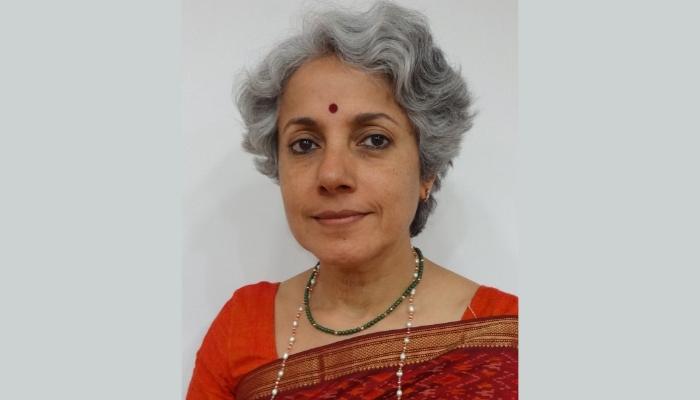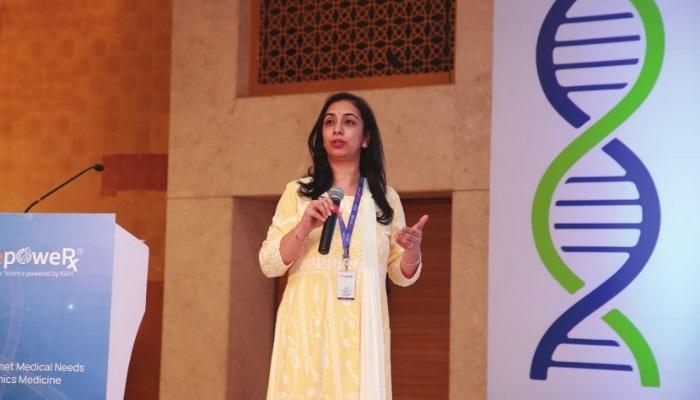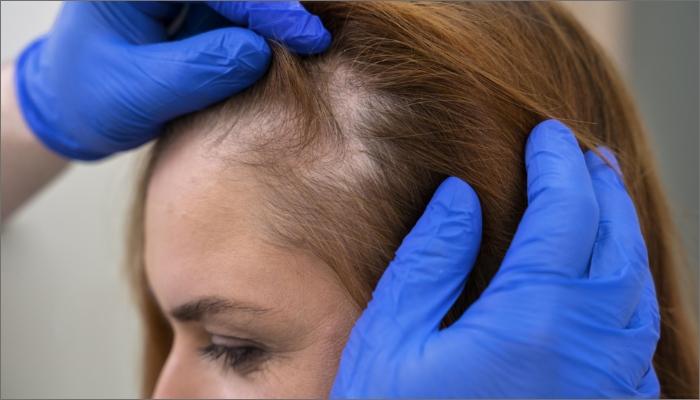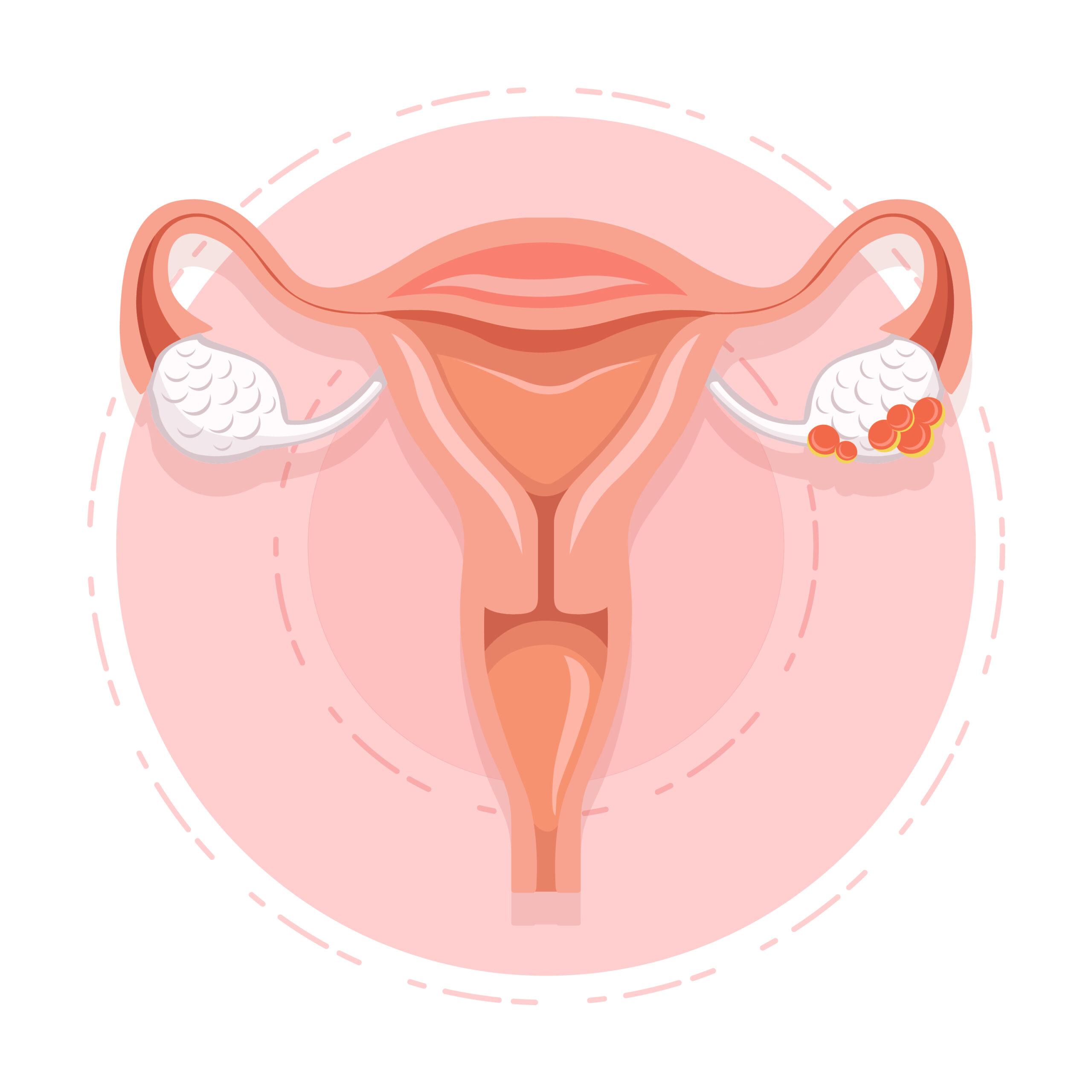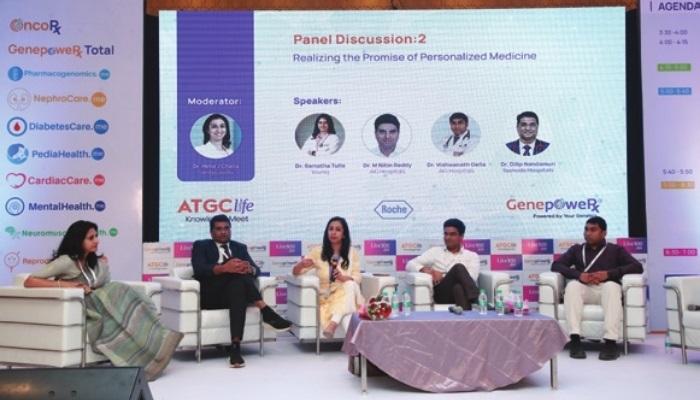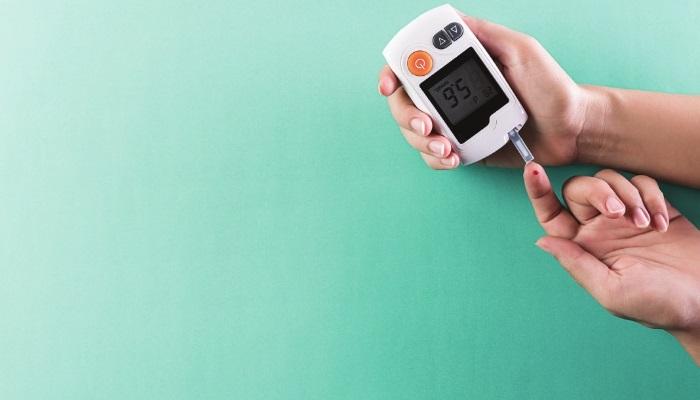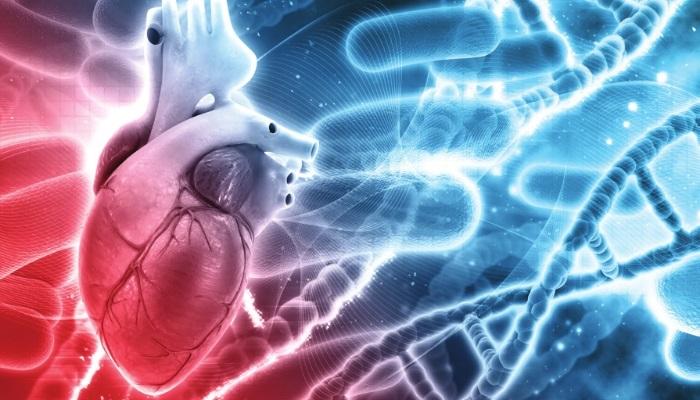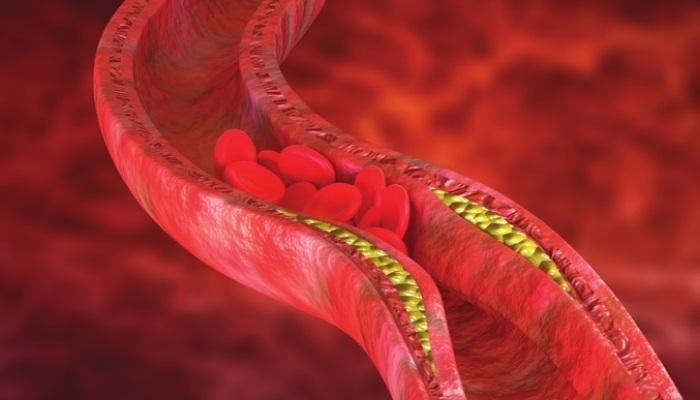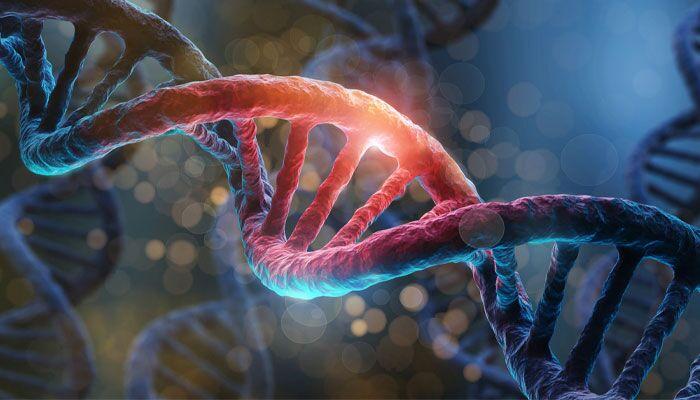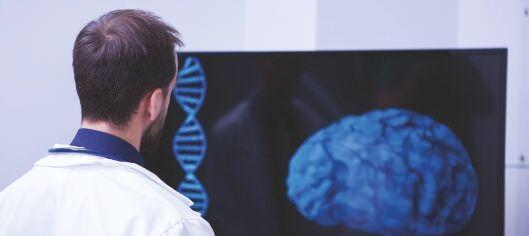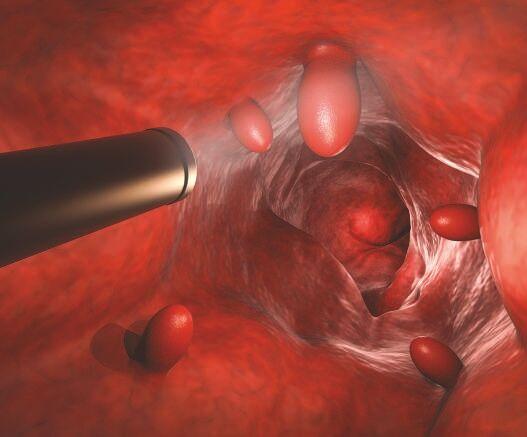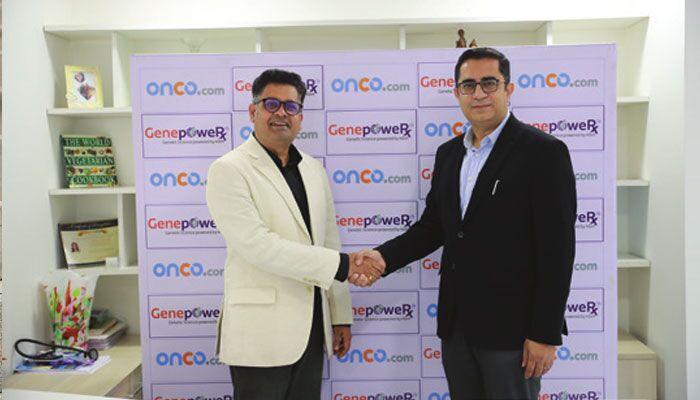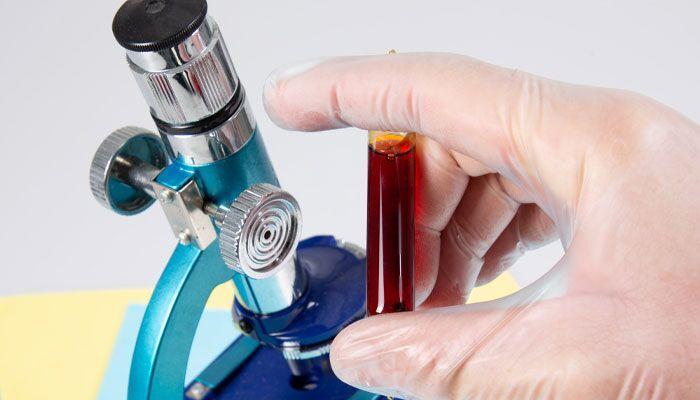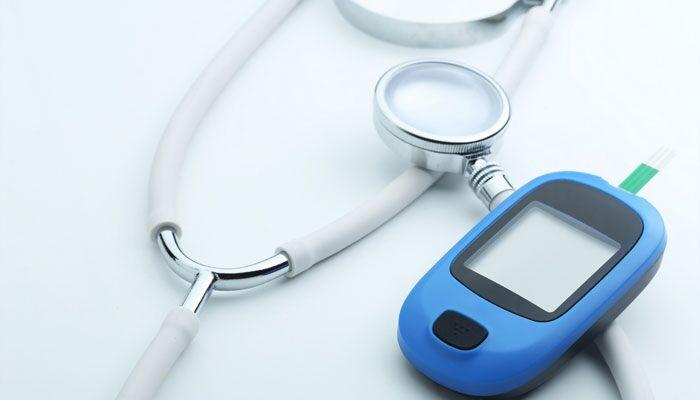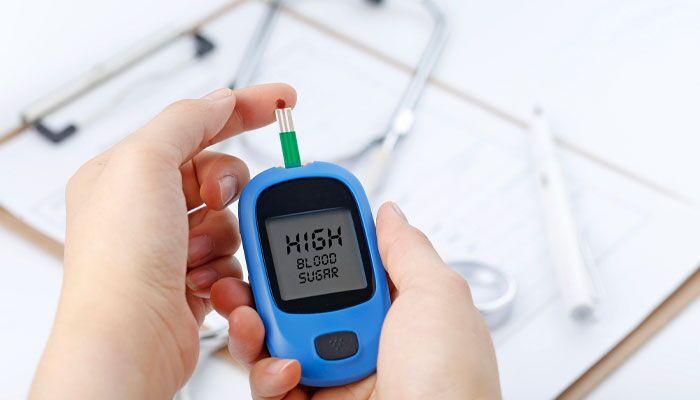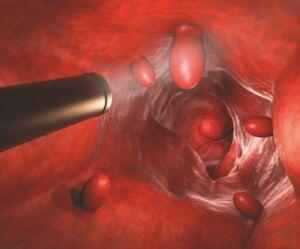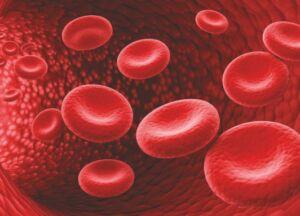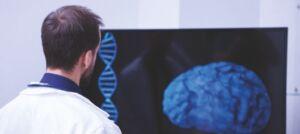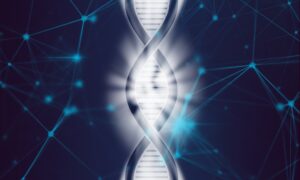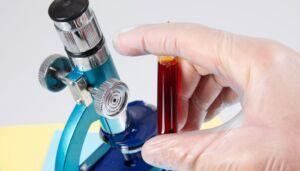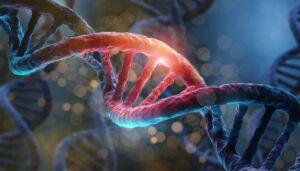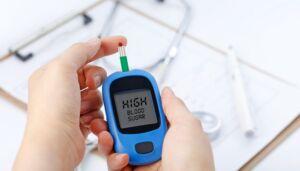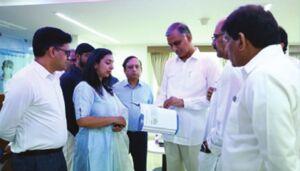
Sudden cardiac death in young: Genetics and genomics of arrhythmia risk

Sudden cardiac deaths (SCD) have become so common in youngsters, more so in athletes. Understanding the etiologies for such deaths is a huge challenge for physicians worldwide. SCDs in youngsters usually occurs during maximal, vigorous cardiac performance. In this article we shall try to understand if there are ways to predict these SCDs, if genetic testing can help identifying the ‘killer’ in otherwise normal people with no structural cardiac issues (mors sine materia).
SCD in normal heart
Sudden death in youngsters is usually due to abnormal myocyte depolarization-repolarization-owing to alterations in ionic pumps, currents and receptors of sodium, potassium and calcium.
- Long QT syndrome: In this, mutation in the genes for proteins that govern Ka+ and Na+ currents and are responsible for prolonged depolarization.
- Short QT syndrome: In this, mutation in proteins which control potassium currents cause acceleration of repolarization.
- Brugada syndrome: It is due to a mutation in SCN5A gene, the gene encoding the sodium channel protein present in the sarcolemma of the myocyte.
- Catecholaminergic polymorphic ventricular tachycardia(CPVT): It is due to abnormal uptake or release of calcium ions from smooth sarcoplasmic reticulum. This condition is caused by mutations of the ryanodine receptor II or calsequestrin (CASQ2) genes.
Most of these alterations are visible on an ECG. However, these changes are only evident during emotion or effort in people with an otherwise normal basal ECG. In situations, where the autopsy reports in SCD shows structurally normal heart, comprehensive ion channel genetic testing must be considered ((RyR2, KCNQ1, KCNH2, and SCN5A), to find out the probable cause of death and to identify the relatives at risk.
SCDs in athletes:
Vigorous physical effort during sports can trigger ventricular fibrillation and SCD by unmasking a hidden cardiac pathology. Around 50 % of SCD cases in athletes have been known to have a genetic basis. Thus, ideally all sportspeople should undergo genetic screening.
Italy’s pre-participation sports screening:
In Italy, as mandated by law, all athletes at must undergo screening to be eligible for competitive sports. The first level of cardiac screening involves history taking, physical exam and basal ECG; if any changes is suspected the participant proceeds to second level of investigation which includes use of non-invasive tools and if necessary, the third step that involves use of invasive tests and genetic screening (check box)
Cardiac screening protocol for athletes in Italy:
- First level: personal and family history, physical examination, 12 lead ECG
- Second level: non-invasive tools (stress test, holter monitoring, signal averaged ECG, echo, CMR, angio CT)
Third level: invasive tools (coronary angiography, electrophysiologic study, electroanatomic mapping, endomyocardial biopsy), genetic screening
This protocol had demonstrated a sharp decline (incidence drop by 90%) in SCD in athletes. However, it may be difficult to follow this protocol world over as:
- Several cardiovascular etiologies related to SCD may not be detected in a basal ECG in asymptomatic athletes; in such cases there may be no reason to proceed to level 2 and 3 of cardiac screening.
- Level 2 and level 3 for preparticipation screening might not be cost effective in various countries.
For such instances, the only way to prevent SCDs is to have adequate resuscitative measures – increasing availability and promoting use of automated defibrillators and training cardiopulmonary resuscitation extensively. Early defibrillation has led to high survival rates in athletes presenting with fatal arrythmias.
Prevention of SCDs
Steps to preventing SCDs in at risk youngsters include:
- Disqualifying from sports and lifestyle measures to prevent triggers
- Antiarryhtmic drugs and ablation of re-entry circuits
- Implantable cardioverter defibrillator
Subcutaneous defibrillators (preferred for young patients with an active lifestyle and a long life expectancy, and in arrhythmogenic syndromes).
Gene therapy for preventing SCD
All the measures discussed above are either palliative or symptomatic. The chief aim should be to find the cause of SCDs and stop the onset of the disease.
Studying mature cardiomyocytes obtained from human-induced pluripotent stem cells from dermal fibroblast of the patient is a promising method to check for arrhythmogenic cardiomyopathy genotype pathophysiology. Gene editing techniques are now being identified as potential therapies for correcting germline mutations. Research has shown that:
- Viral gene transfer of CASQ2, a wild gene associated with catecholaminergic polymorphic ventricular tachycardia has been found effective in mice with CASQ2 mutation.
- Heterozygous MYBPC3 mutation in human preimplantation embryos can be corrected with precise CRISPR–Cas9-based targeting accuracy and high homology-directed repair efficiency by activating an endogenous, germline-specific DNA repair response.
As more than 50% cases have a genetic origin, genetic testing must be considered in postmortem studies – this could help to prevent SCDs in first line relatives. However, more research related to identifying germline mutations and designing gene editing techniques can be very useful for preventing SCDs.
References:
- Thiene G. Sudden cardiac death in the young: a genetic destiny?. Clin Med (Lond). 2018;18(Suppl 2):s17-s23. doi:10.7861/clinmedicine.18-2-s17
- Denegri M, Bongianino R, Lodola F, et al. Single delivery of an adeno-associated viral construct to transfer the CASQ2 gene to knock-in mice affected by catecholaminergic polymorphic ventricular tachycardia is able to cure the disease from birth to advanced age. Circulation. 2014 Jun 24;129(25):2673-81.
- Hong Ma, Nuria Marti-Gutierrez et al. Correction of a pathogenic gene mutation in human embryos. Nature. 2017. 548:413–419
